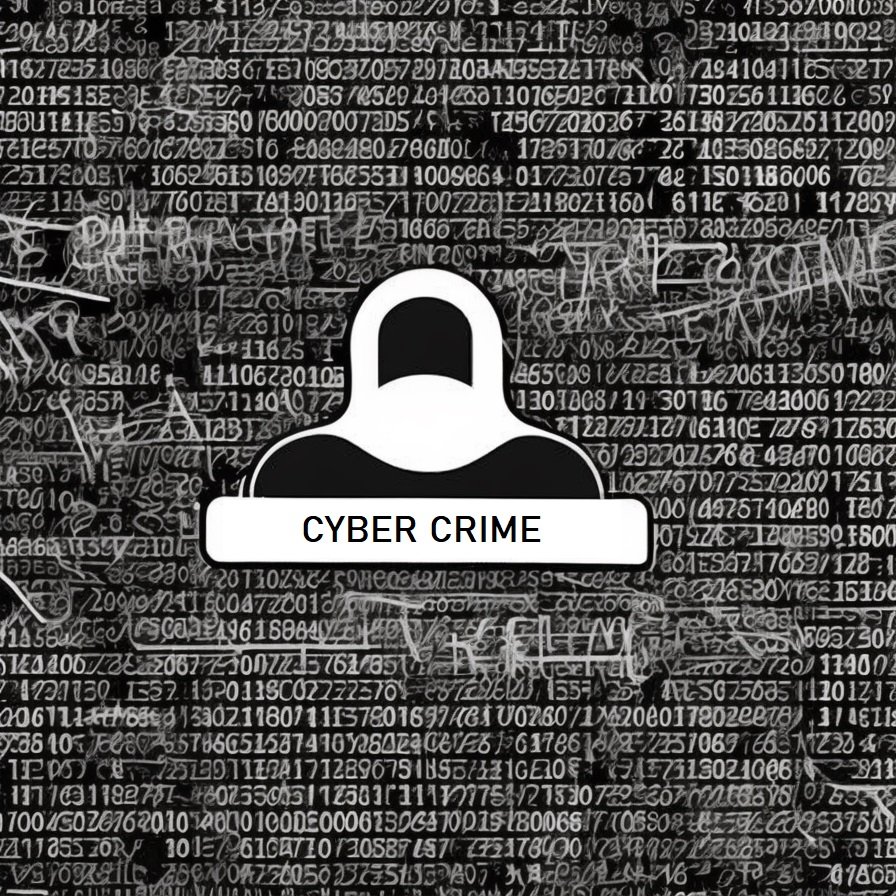Cyber crime is a pervasive and growing issue in today’s digital landscape.
While it may be impossible to completely stop cyber crime, there are steps you can take to reduce your risk.
In this blog post, we will discuss five strategies that can help you stay one step ahead of cyber criminals.
1. Don’t Be the Easiest Target
The first step in protecting yourself from cyber crime is to ensure that your organisation is not the easiest target for attackers.
To do this, you should:
- Keep your software updated: Regularly update all software and operating systems to protect against known vulnerabilities.
- Use strong, unique passwords: Avoid using common passwords and ensure each account has a unique password.
- Enable two-factor authentication (2FA): Require additional verification steps to protect your accounts from unauthorized access.
2. Deplete Attacker Resources
Making it more difficult and time-consuming for cyber criminals to infiltrate your systems can help deter attacks.
Implement the following measures to deplete attacker resources:
- Employ honeypots: Use decoy systems to distract and confuse attackers, wasting their time and resources.
- Limit login attempts: Restrict the number of login attempts to prevent brute-force attacks.
- Monitor and block suspicious IP addresses: Keep an eye on any unusual activity and block IPs associated with malicious activities.
3. Employee Education and Training
A well-informed workforce is your first line of defense against cyber crime.
Invest in employee education and training to ensure that everyone understands the risks and their role in preventing attacks.
Focus on:
- Phishing awareness: Teach employees how to identify and report phishing emails and other social engineering attempts.
- Safe browsing habits: Encourage employees to use secure websites and avoid clicking on suspicious links.
- Password management: Train employees on best practices for creating and managing strong passwords.
4. Monitor Your Systems
Vigilant monitoring of your systems can help detect and mitigate potential threats before they escalate.
Implement a comprehensive monitoring strategy that includes:
- Intrusion Detection Systems (IDS): Use IDS to analyze network traffic and identify suspicious activities.
- Security Information and Event Management (SIEM): Employ a SIEM solution to collect and analyze security event data from various sources.
- Regular audits: Conduct regular audits of your security infrastructure to identify and address vulnerabilities.
5. Develop and Implement a Comprehensive Incident Response Plan
In the event of a cyber attack, a well-structured incident response plan can help minimise damage and facilitate a swift recovery.
Your plan should include:
- Clear roles and responsibilities: Assign specific tasks to team members to ensure a coordinated response.
- Communication protocols: Establish channels for internal and external communication during an incident.
- Containment and remediation strategies: Develop procedures for isolating and addressing affected systems.
- Post-incident review: Analyze the incident to identify lessons learned and implement improvements to your security posture.
